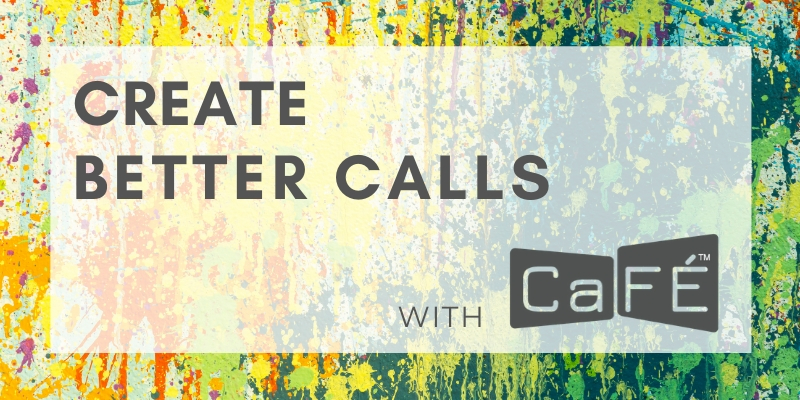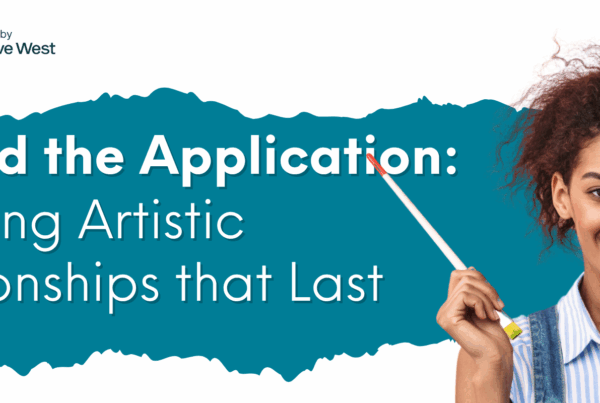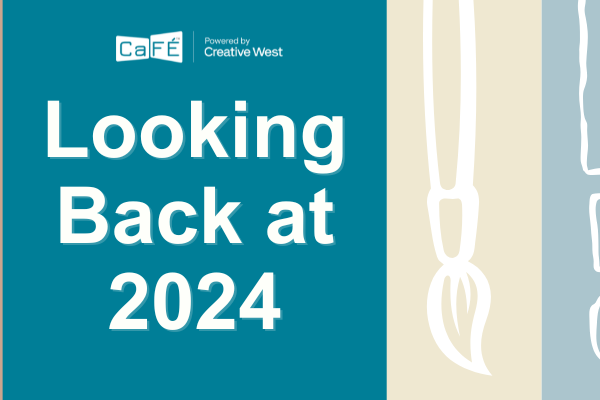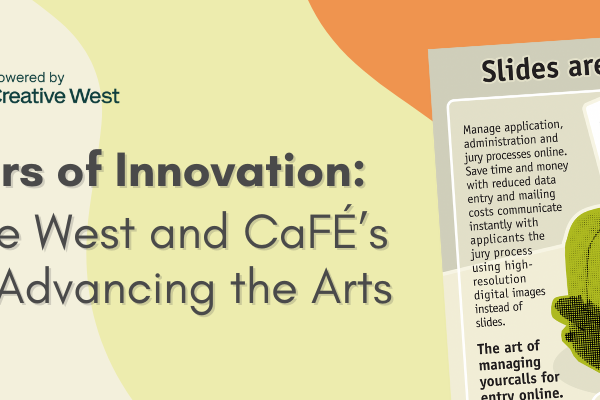
Create better calls with CaFÉ! After handling hundreds of thousands of submissions for thousands of calls for entries over the years, we’ve learned a thing or two about how administrators can create a successful call. Whether your arts organization is seeking works for a juried exhibition or you’re commissioning a new public art piece, keep the following five tips in mind when creating a call for entry on CaFÉ.
Your call for entry should be interesting to artists who are looking to gain exposure and build on their professional career. If a call for entry fails to attract interest, lacks clarity of purpose, or its submission requirements are vague or nonexistent, artists are likely to move on to another listing—and may even lose confidence in the sponsoring organization’s ability to manage the event.
What makes a successful call for entry? The most successful calls are crafted so that artists not only remember what the call or opportunity is about, they are also compelled to apply to the call because they see its potential to open the door to greater opportunities. Here are five tips to help you navigate the road to success as you create your call for entry on CaFÉ.
1. Comprehensively outline the call for entry description.
Are you clearly outlining the information about the project to attract the greatest interest from artists seeking opportunities? Successful calls for entry are carefully planned activities that describe clearly and succinctly: 1) what the project is about; 2) the benefits of artist participation in the project; 3) who should apply; and 3) the materials that artists need to include for an application to be successful. If your call does not clearly address the information included in the outline above, artists are likely to skip over it and move on to the next listing. To help ensure the success of your call, the short and long description fields in CaFÉ offer plenty of room for administrators to include this type of descriptive information for interested artists.
For more tips on getting artists to see your call, check out our other blog post: Help Artists Find Your Call in 6 Simple Steps.
2. Clearly define eligibility and submission requirements.
Your description should clearly state who is eligible to apply—especially if the entry is open only to specific types of artists, such as local or regional artists or organization members. Don’t expect artists to guess if they are eligible to apply. Instead, be explicit and say so. For example, “This call for entry is open only to artists that reside in California.” or “This juried exhibition is open only to artists working in ceramics.” If there are no eligibility restrictions, be sure to mention that as well.
3. Establish a reasonable deadline date.
Nobody likes missing out on a great opportunity because the deadline date passed over a holiday (when most people are offline) or because the submission window was only open for a couple of weeks. Instead, plan your deadline date strategically and within a reasonable timeframe. What is reasonable? Having a call open for five to eight weeks can be considered a reasonable timeframe. Calls that are open for less time than that have little time to circulate. With longer timeframes, artists may put off applying until later and eventually forget about a call that is months away from the deadline. Instead, settle for a deadline date that’s several weeks to a couple of months after the call has been announced. This timeframe will also give you the opportunity to carefully plan around the logistics involved in executing the event, such as organizing the jury panel, sending finalist notifications, conducting administrative oversight, sending the acceptance notices, the delivery and installation of artwork, event management, etc. With CaFÉ, call administrators can choose a deadline date and the listing will automatically close at midnight Mountain Time on the selected date – no need to manually close the application.
4. Use clear terms and conditions for applying .
Likewise, a successful call for entry includes easy-to-understand terms and conditions that applicants must agree to and both the artist and call sponsor are obligated to follow. Terms and conditions are a set of rules or guidelines specific to each call that lend accountability and industry-standard practices to the activity. Examples of terms and conditions include entry fee terms, eligibility conditions, insurance provisions, age-limits or geographical stipulations, grounds for elimination, and acceptance and award terms, to name a few. CaFÉ provides call administrators with a specific text field for entering terms and conditions that artists can read and agree to before proceeding on to the application form.
Check out this related blog post for more tips and tricks: Set Up for Success: Creating a Successful Public Art Call.
5. Notify applicants regarding jury decision in a timely manner.
Lastly, and most importantly, you need to communicate with every applicant who applies to your call for entry. If an artist applies to your call, it’s because he or she believes in the project (event/exhibition/commission) as much as you do and wants to be a part of it. The courteous action to take is to promptly let them know the outcome of the jury results. Be sure to have a plan of when each type of letter should be sent and what it should say so that you can expeditiously close out the selection process and move on to the next phase of the project. CaFÉ has a built-in communication emailer that allows you to send professional notification emails to applicants after the selection process has been completed. Communicating with the artists that apply to your call through CaFÉ is that simple!
Don’t know what to say to artists you did not invite? Read this to find out: Thanks but No Thanks: How to Write Rejection Notices.
Follow these five tips to ensure your call for entry is flawless and fantastic! Create better calls with CaFÉ. If your organization is not using CaFÉ, contact us to get started.




